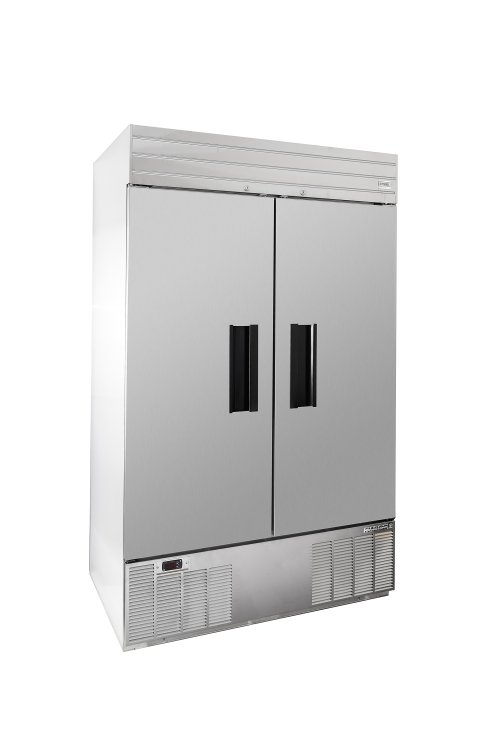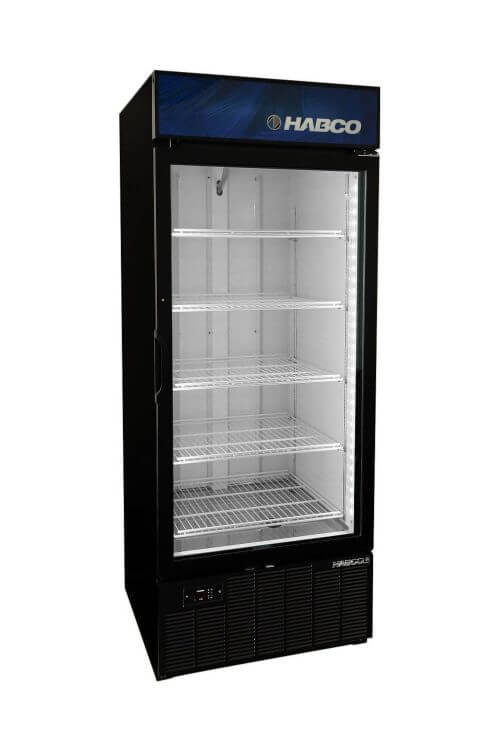How Often Should You Clean A Commercial Fridge?

Cleanliness is one of the most critical aspects of a successful commercial business, especially in businesses with customer-facing commercial refrigerators. Not only does regular fridge cleaning ensure that disease-causing mold, bacteria, and germs are kept away, but it also makes the unit look nicer and even last longer. When you clean your fridge regularly, you don’t run afoul of local health and safety inspectors!
There are several benefits to cleaning your commercial fridge, which should be superficially cleaned every day and deep cleaned every one to four weeks, depending on how busy your establishment is.

What You Should Regularly Clean Your Commercial Fridge
These are great reasons for keeping your refrigerator clean and establishing a deep clean schedule.
Prevent Bacteria From Growing
Old and spilled food, common in commercial refrigerators, are breeding grounds for disease-causing bacteria. Not only will this get people sick, but the bacteria can also spread to other food in your fridge.
Reduce Foul Smells
If your fridge smells bad, it probably has bacteria growing in it and possibly mold, too. The smell can taint the aroma and flavor of other food in the fridge, which costs you money in food loss. Placing baking soda in the fridge can reduce odors.
Lower Utility Costs
Not only do mold, bacteria, and other fridge pollutants make your fridge smell and cause food spoilage, but a dirty commercial refrigerator also runs less efficiently. Less efficient operation means that it needs more power, which raises your electricity bills.
Increase the Lifespan of Your Fridge
Lack of a deep clean means mold and bacteria can build up on the fridge, its shelves, and the inner moving parts of the motor. When debris, bacteria, and general “sludge” gets into the motor, it causes excess friction, which wears the parts down faster. This means you’ll call for service and repairs more often, costing your business money.
How Often Should You Clean Your Commercial Refrigerator?
A Step-by-Step Guide
First, unplug the stainless steel appliance. This prevents you from being shocked or electrocuted if you accidentally get water or cleaning solution in the motor. Then, follow these steps for a successful refrigerator cleaning:
- Empty all contents – simply wiping around the items means you can miss some bacteria growth
- Sort through the perishable food, and discard old food and food past the expiration date
- Thoroughly wash the interior with dish soap and hot water, or you can use baking soda on stubborn areas
- Clean the shelves and floor, interior walls, and door seal wipe a damp cloth every day
- Thoroughly disinfect all shelves and the floor to prevent bacterial regrowth
- Use a vacuum cleaner on the condenser coils on the outside. Over time, dust and debris, and even pet hair can get into these parts, coating them and causing friction
- Wipe down the exterior of the fridge with dish soap. The handle should be disinfected daily, as it’s touched the most
- Restock your shelves
- Don’t forget to clean the ice maker with soapy water
Clean reach-in refrigerators every week, at the minimum. Make sure to wipe up spills immediately to keep it clean, using hot soapy water to disinfect. It’s better to clean your fridge before a food delivery.
Final Thoughts
Even the best cleaning schedule cannot make an inferior piece of equipment more efficient or work better. HABCO products are designed with energy efficiency and durability in mind to provide a lower total cost of ownership through reduced energy consumption and fewer repairs. If you need a pharmaceutical fridge or a reach-in freezer, contact us today to learn more about how our products can help your business.



